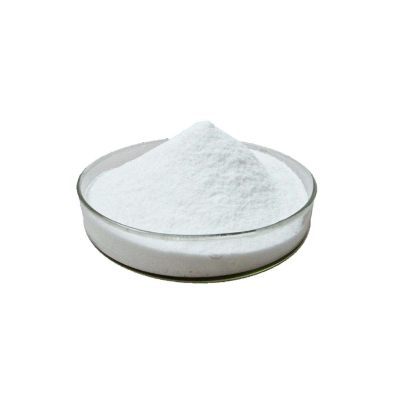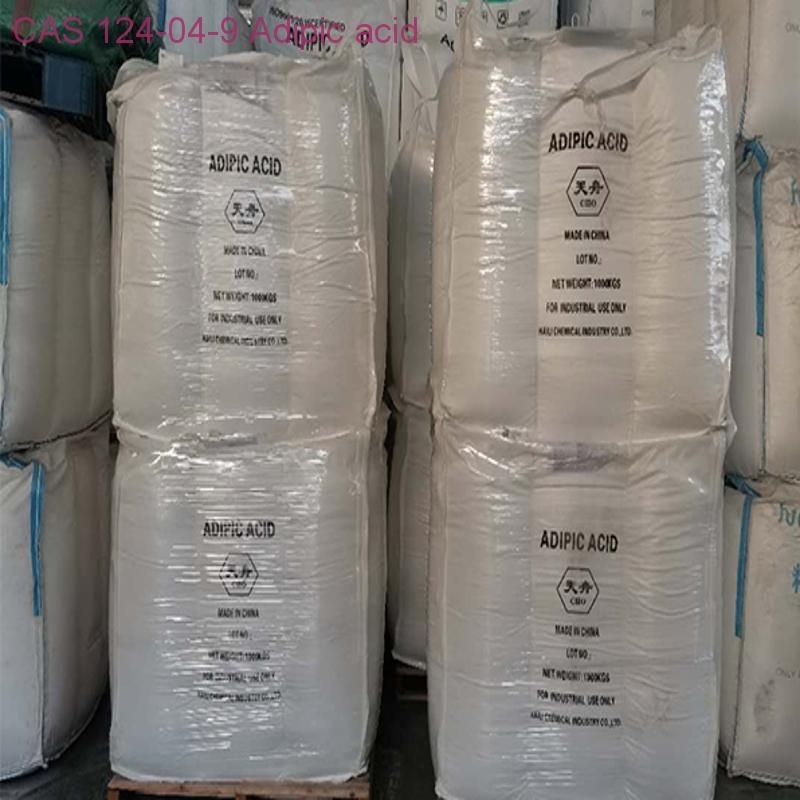-
Categories
-
Pharmaceutical Intermediates
-
Active Pharmaceutical Ingredients
-
Food Additives
- Industrial Coatings
- Agrochemicals
- Dyes and Pigments
- Surfactant
- Flavors and Fragrances
- Chemical Reagents
- Catalyst and Auxiliary
- Natural Products
- Inorganic Chemistry
-
Organic Chemistry
-
Biochemical Engineering
- Analytical Chemistry
-
Cosmetic Ingredient
- Water Treatment Chemical
-
Pharmaceutical Intermediates
Promotion
ECHEMI Mall
Wholesale
Weekly Price
Exhibition
News
-
Trade Service
Pyridoxine hydrochloride, also known as vitamin B6, is an essential nutrient that plays a critical role in many bodily functions, including the metabolism of amino acids and the synthesis of neurotransmitters.
As a result, it is widely used in the pharmaceutical and nutraceutical industries, as well as in the food and beverage industry.
In recent years, there has been an increasing demand for pyridoxine hydrochloride, leading to a need for more efficient and cost-effective production methods.
In this article, we will discuss the synthetic routes of pyridoxine hydrochloride and how they have evolved over time.
One of the earliest synthetic routes for pyridoxine hydrochloride involved the reduction of 2-naphthylamine, followed by the condensation with chloride.
This method was first reported in 1932 and was widely used in the early 20th century.
However, it was later found to be impractical and expensive, as it required several steps and hazardous reagents.
In the 1950s, several alternative synthetic routes for pyridoxine hydrochloride were developed, including the use of cyanide and the use of 3-chloropropionic acid.
The cyanide route involved the reaction of 1-aminocyclohexane with cyanide, followed by the addition of hydrochloric acid and sodium hydroxide.
This method was found to be more practical and efficient than the earlier methods, but it still had several drawbacks, including the use of hazardous reagents and the need for careful handling.
The introduction of cheaper, safer, and more efficient methods for the production of pyridoxine hydrochloride has had a significant impact on the chemical industry.
In recent years, there has been a growing demand for natural and organic products, and as a result, there has been an increase in the use of more sustainable and environmentally friendly synthetic routes for the production of vitamins and other nutraceuticals.
One of the most modern and sustainable methods for the production of pyridoxine hydrochloride involves the use of microbial fermentation.
This method involves the use of genetically modified bacteria, such as Escherichia coli, to produce pyridoxine hydrochloride.
The bacteria are engineered to express the genes for the enzymes involved in the biosynthesis of pyridoxine hydrochloride, and the pyridoxine hydrochloride is then extracted from the bacteria and purified.
This method has several advantages over traditional synthetic routes.
It is environmentally friendly, as it does not require the use of hazardous chemicals or reagents.
It is cost-effective, as it is less expensive to produce pyridoxine hydrochloride using microbial fermentation than it is to produce it using traditional methods.
And it is more efficient, as the bacteria can produce pyridoxine hydrochloride at a lower cost and in a shorter amount of time than traditional methods.
Another sustainable method for the production of pyridoxine hydrochloride involves the use of biotechnology.
This method involves the use of enzymes to catalyze the reaction between substituted anthranilic acids and 3-chloropropionic acid, resulting in the formation of pyridoxine hydrochloride.
This method is more efficient and environmentally friendly than traditional synthetic routes, as it does not require the use of hazardous chemicals or reagents and it is less expensive to produce pyridoxine hydrochloride using biotechnology than it is to produce it using traditional methods.
In conclusion, the synthetic routes of pyridoxine hydrochloride have evolved significantly over time, from the







